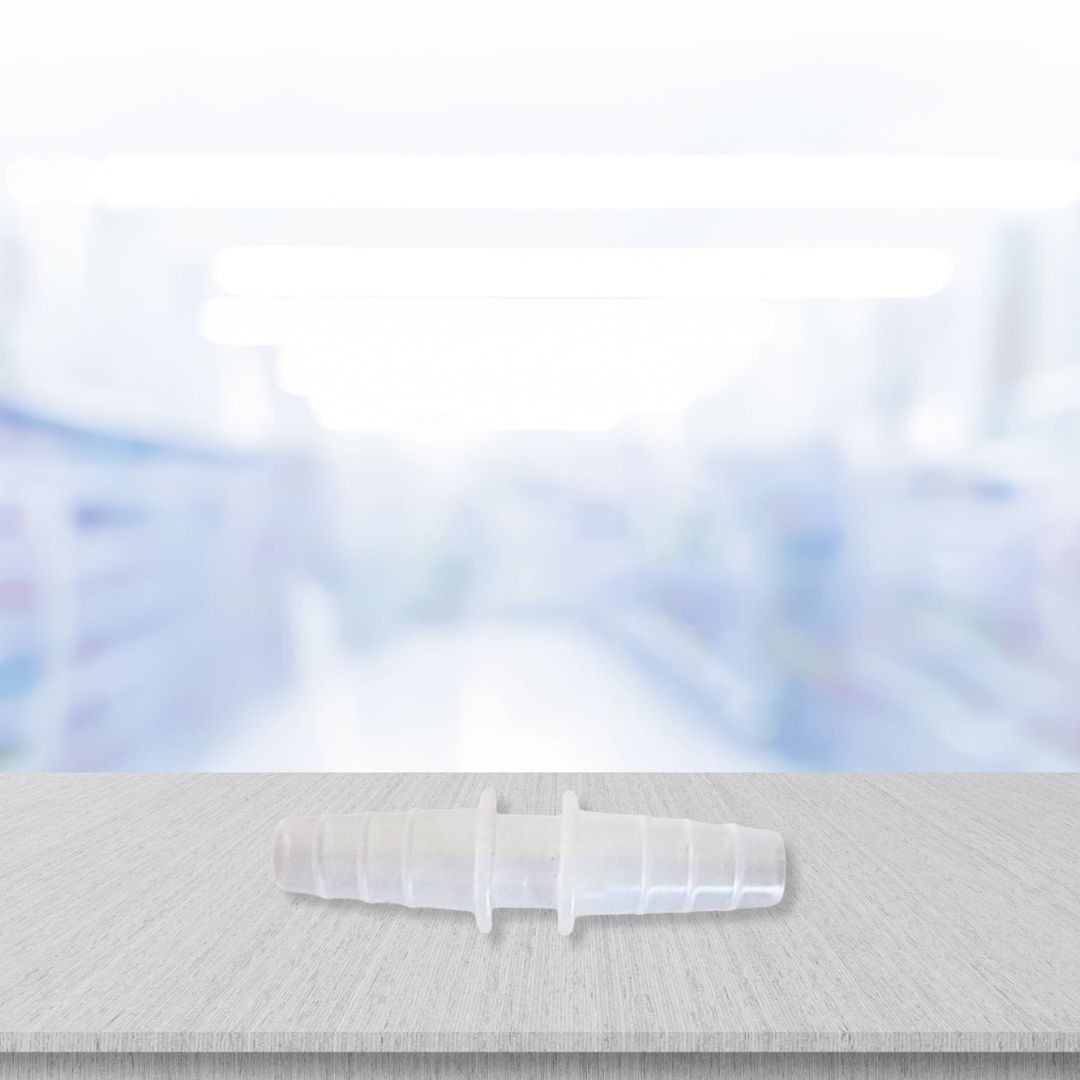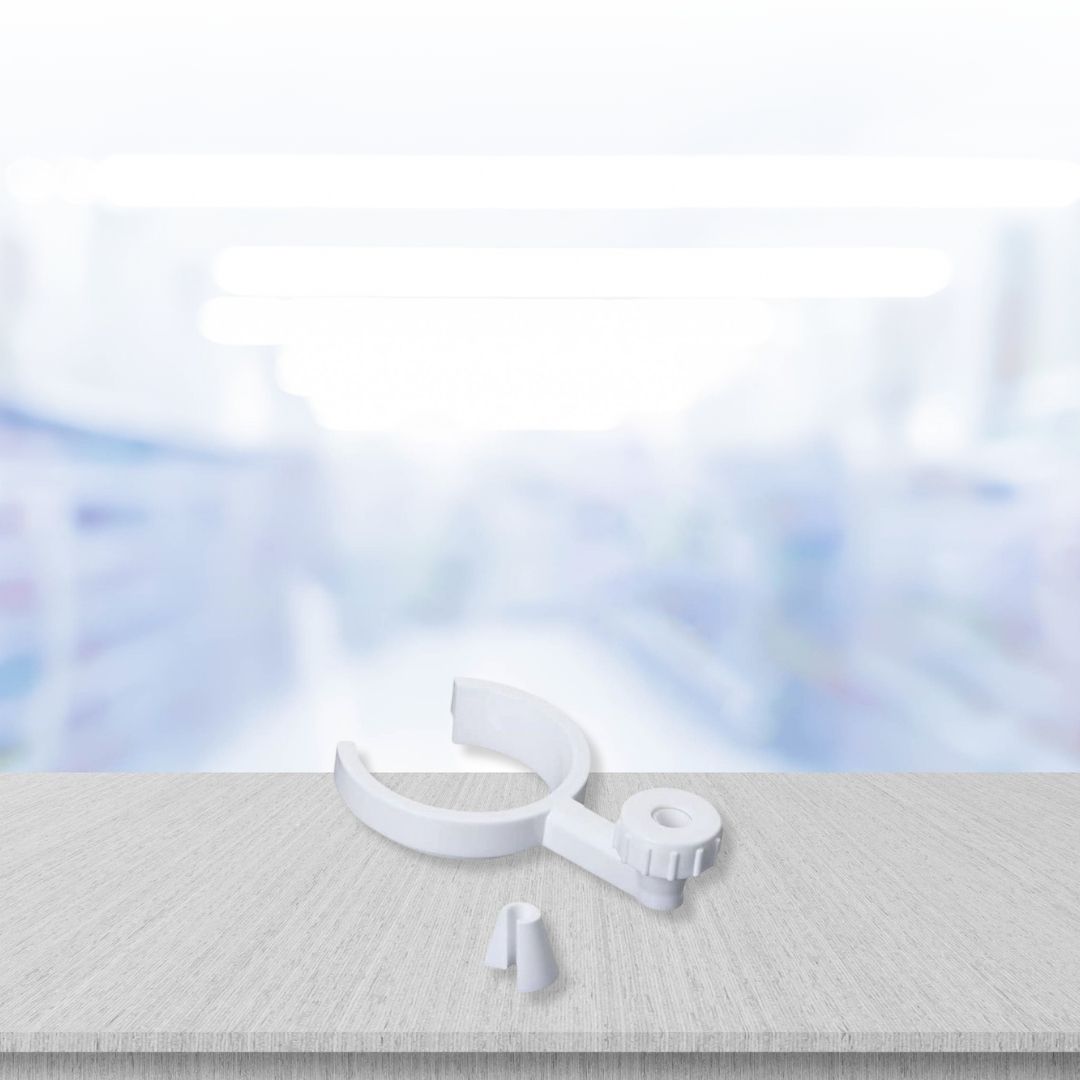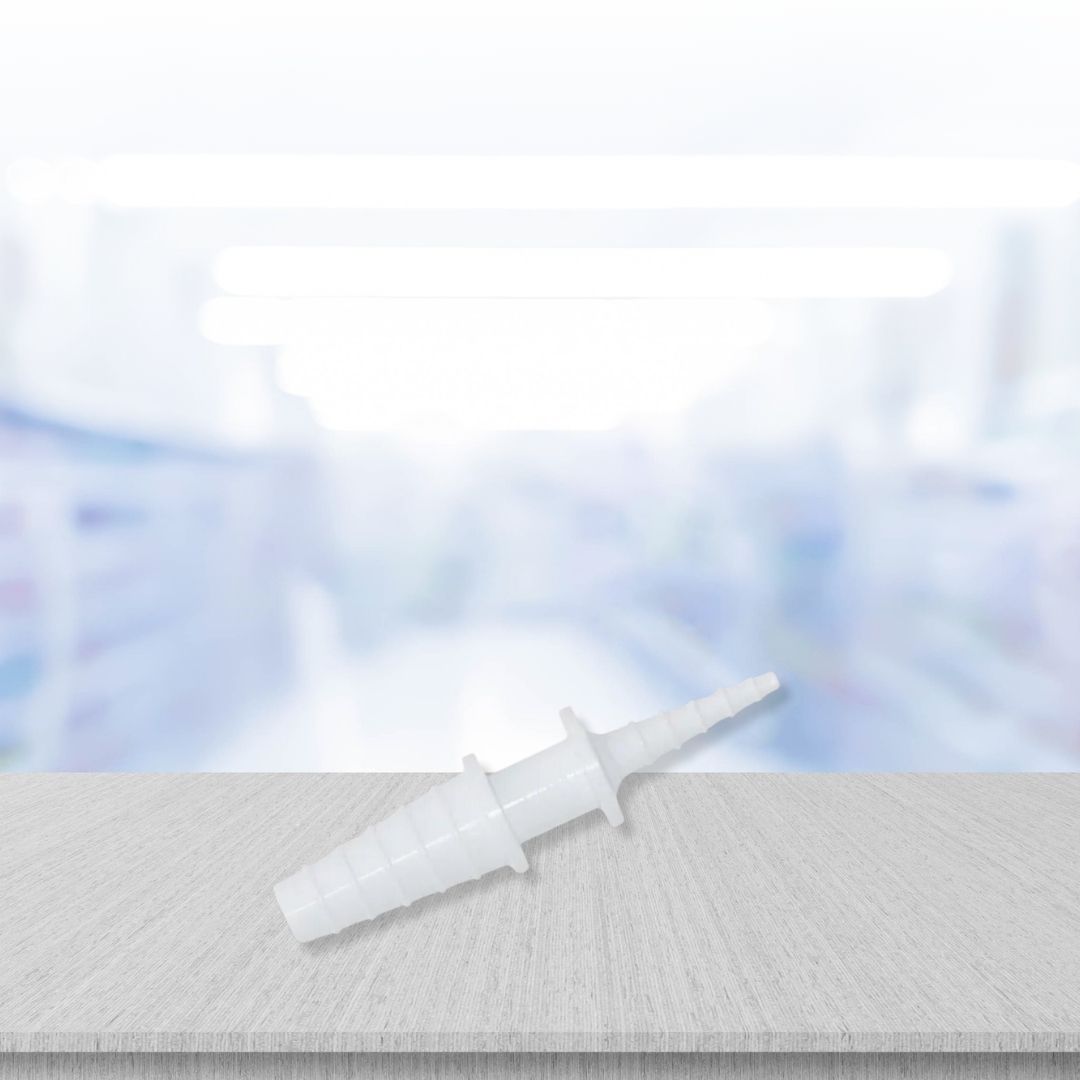Plastic Burette (100 ML)
This 100 ml plastic burette is designed for precise titration and controlled liquid dispensing in laboratory experiments. Made from high-quality plastic, it is durable, chemical-resistant, and lightweight. The graduated scale allows for accurate volume measurement, ensuring precision in volumetric analysis and titrations.
₹497.25
Add to wishlist Add to compareDescription
This 100 ml plastic burette is designed for precise titration and controlled liquid dispensing in laboratory experiments. Made from high-quality plastic, it is durable, chemical-resistant, and lightweight. The graduated scale allows for accurate volume measurement, ensuring precision in volumetric analysis and titrations.
Additional information
| Pack of | 1 Unit, 10 Units, 12 Units, 2 Units, 4 Units, 5 Units, 6 Units |
|---|
Only logged in customers who have purchased this product may leave a review.







Reviews
There are no reviews yet.